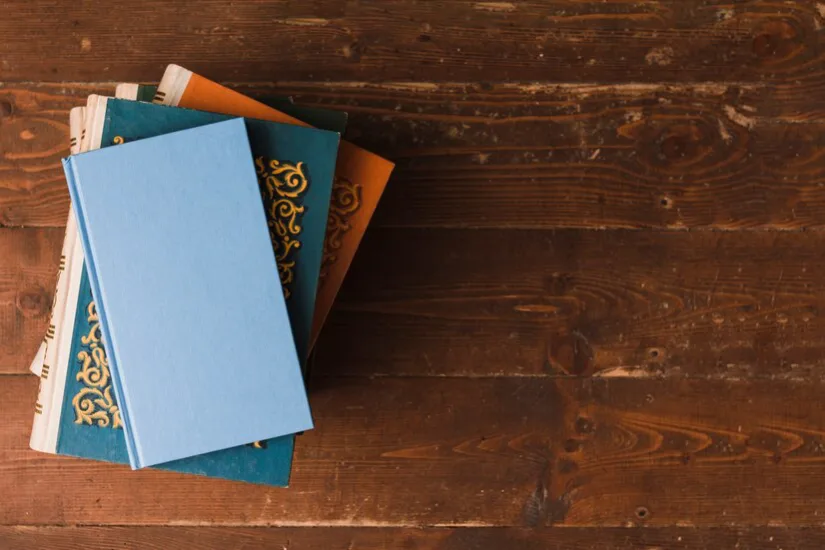Persian Literature & Books
Home » Persian Literature & Books

- Persian Literature & Books
Exploring Persian Literature & Books: A Rich Legacy
Persian literature and books provide a window into the soul of Persia (modern-day Iran), showcasing a literary tradition that spans over a thousand years. This blog delves into the essence of Persian literature, highlights significant works and authors, and explores the ongoing relevance of Persian books in contemporary culture.
The Foundations of Persian Literary Tradition
Persian literature boasts a long and illustrious history, beginning with oral traditions and evolving into a rich written form. Its roots can be traced back to the pre-Islamic era, but it flourished during the Islamic Golden Age, reflecting the diverse experiences of Persian-speaking societies.
Early Influences
One of the earliest and most influential texts in Persian literature is Ferdowsi’s Shahnameh (Book of Kings). Written in the 10th century, this epic poem chronicles the history of Persia from mythical times to the Islamic conquest. It combines historical facts with folklore, serving as a crucial record of Persian heritage.
Another foundational work is Omar Khayyam’s Rubaiyat, a collection of quatrains that delve into themes of existence, fate, and the transient nature of life. Khayyam’s philosophical reflections have resonated with readers across different cultures and epochs, cementing his place in literary history.

Classical Masters
The classical period of Persian literature is distinguished by its poetry, with figures like Rumi and Hafez leaving an indelible mark. Rumi’s Masnavi and Divan-e Shams-e Tabrizi explore mystical themes and the pursuit of divine love, offering profound insights into the human experience. Hafez’s ghazals, known for their lyrical beauty and depth, reflect on love, nature, and spirituality, continuing to captivate readers today.
In addition, Saadi’s Gulistan (The Rose Garden) and Bustan (The Orchard) offer a rich tapestry of moral tales and reflections on ethics, blending narrative with philosophical and social commentary. These works are celebrated for their wit and wisdom, contributing significantly to Persian literary culture.
The Significance of Persian Books in Modern Times
Persian books are not only crucial for preserving cultural heritage but also for addressing contemporary issues and fostering cross-cultural understanding.
Preserving Cultural Heritage
Persian literature serves as a repository of cultural and intellectual history. Books document traditional practices, historical events, and philosophical thoughts, ensuring that Persian heritage is maintained and transmitted through generations. These texts offer valuable insights into the evolution of Persian society and its values.

Contemporary Perspectives
Modern Persian literature addresses pressing social and political issues. Sadegh Hedayat’s The Blind Owl explores existential despair and societal critique, reflecting the complexities of 20th-century Iran. Forough Farrokhzad, a trailblazing poet and filmmaker, introduced new perspectives on gender and modernity, challenging traditional norms and offering fresh insights into contemporary Iranian society.
Persian books also act as a bridge between cultures. By translating Persian works into other languages, global readers gain access to Persian thought and artistic expression, fostering international appreciation and dialogue.
Conclusion
Persian literature and books are integral to understanding the rich cultural and intellectual heritage of Persia. From the epic narratives of Ferdowsi and the mystical poetry of Rumi to the modern reflections of Hedayat and Farrokhzad, Persian literature offers a diverse and dynamic landscape of thought and creativity. Engaging with these works allows readers to connect with the profound legacy of Persia and appreciate the ongoing evolution of its literary tradition.
Frequently Asked Questions (FAQs) About Persian Literature & Books
1. What is Persian literature known for?
Persian literature is renowned for its poetry, epic tales, and philosophical works, showcasing the richness of Persian culture.
2. Which Persian authors should I know about?
Key Persian authors include Rumi, Hafez, Omar Khayyam, and Saadi, known for their profound contributions to literature.
3. Where can I find Persian books?
Persian books are available at specialty bookstores, online retailers, and libraries with diverse collections.
4. Are Persian books available in English translation?
Yes, many classic Persian texts are translated into English and can be found at bookstores and online platforms.
5. What genres are popular in Persian literature?
Popular genres include poetry, classical epics, modern fiction, and philosophical texts.
6. How can I explore Persian literature if I don’t read Persian?
Look for translated works, bilingual editions, and literary analyses in English to enjoy Persian literature.
7. What are some famous Persian literary works?
Notable works include “Shahnameh” by Ferdowsi, “Divan-e-Hafez” by Hafez, and “Rubaiyat” by Omar Khayyam.
8. Can I find Persian literature online?
Yes, many Persian literary works are available digitally through ebooks, audiobooks, and online libraries.
9. Are there any Persian literary festivals?
Yes, there are literary festivals and events that celebrate Persian literature, both in Iran and internationally.
10. How do I start learning about Persian literature?
Begin with translated classics, explore literary reviews, and engage with academic courses on Persian literature.